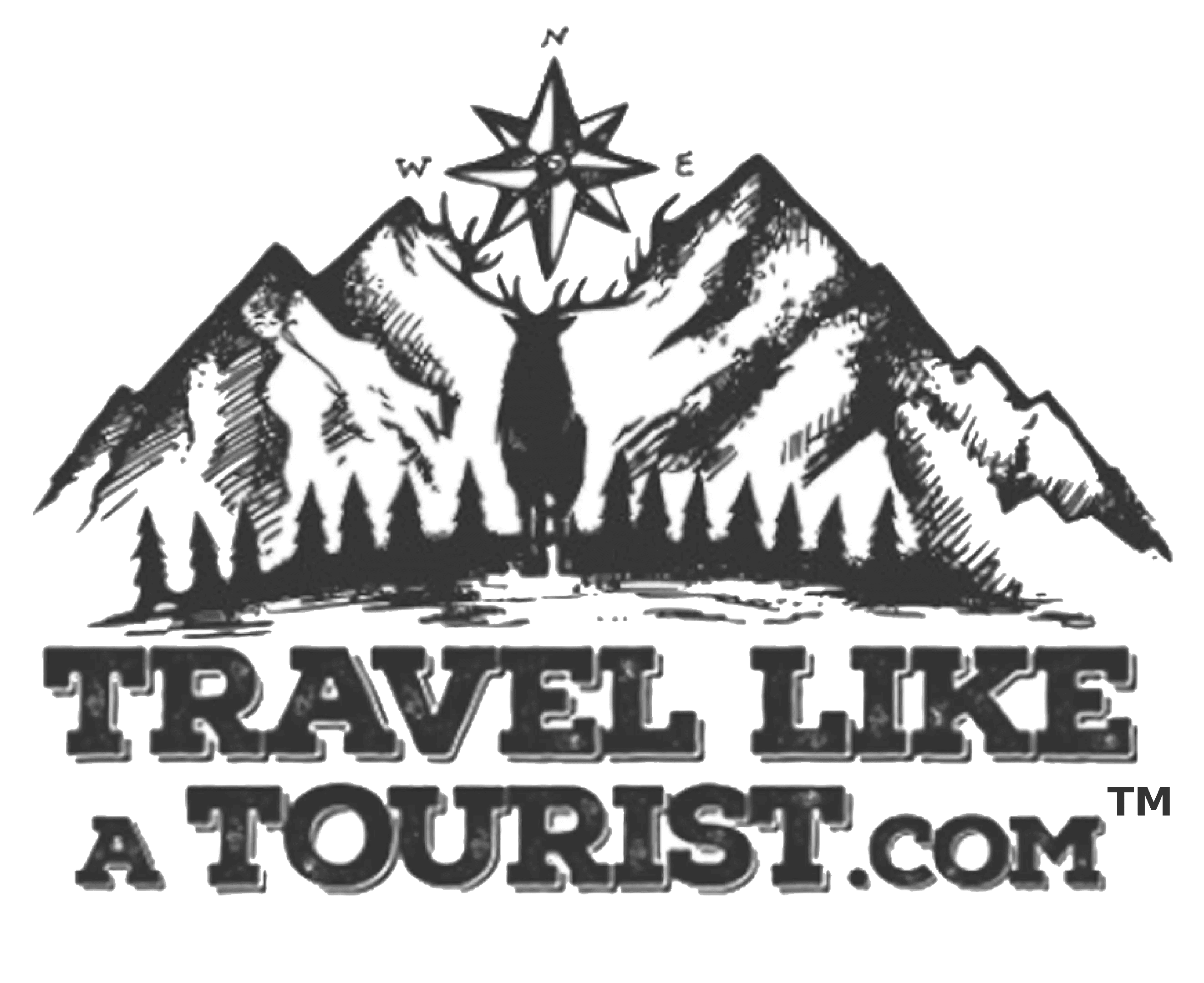Top 10 Essentials You Need To Hike Safe
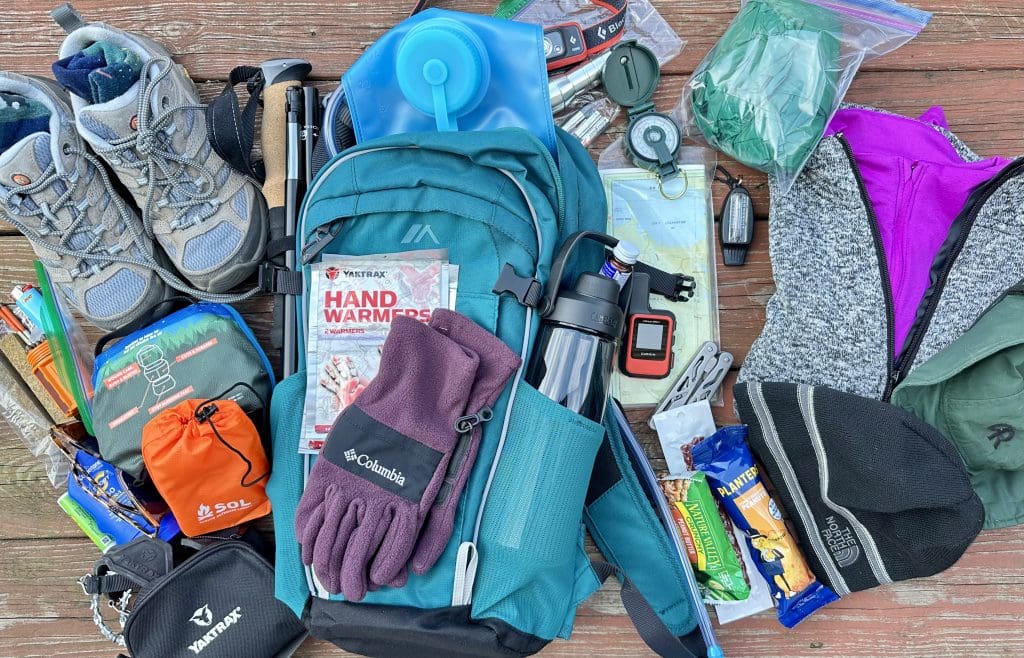
Nothing is better to reset than hiking in the woods. But be prepared for the unforeseen by carrying 10 essentials for a safe hike.
There are several qualified organizations that list essentials for hiking, and my list starts with items recommended by the U.S. National Park Service (NPS), the American Hiking Society (AHS), and REI Co-op, with sources listed at the end.
1. Navigational tools
It makes sense that navigational tools usually pop up first. Make sure to have an accurate map and a working compass, even with a GPS system, and make sure you know how to use them before your hike.
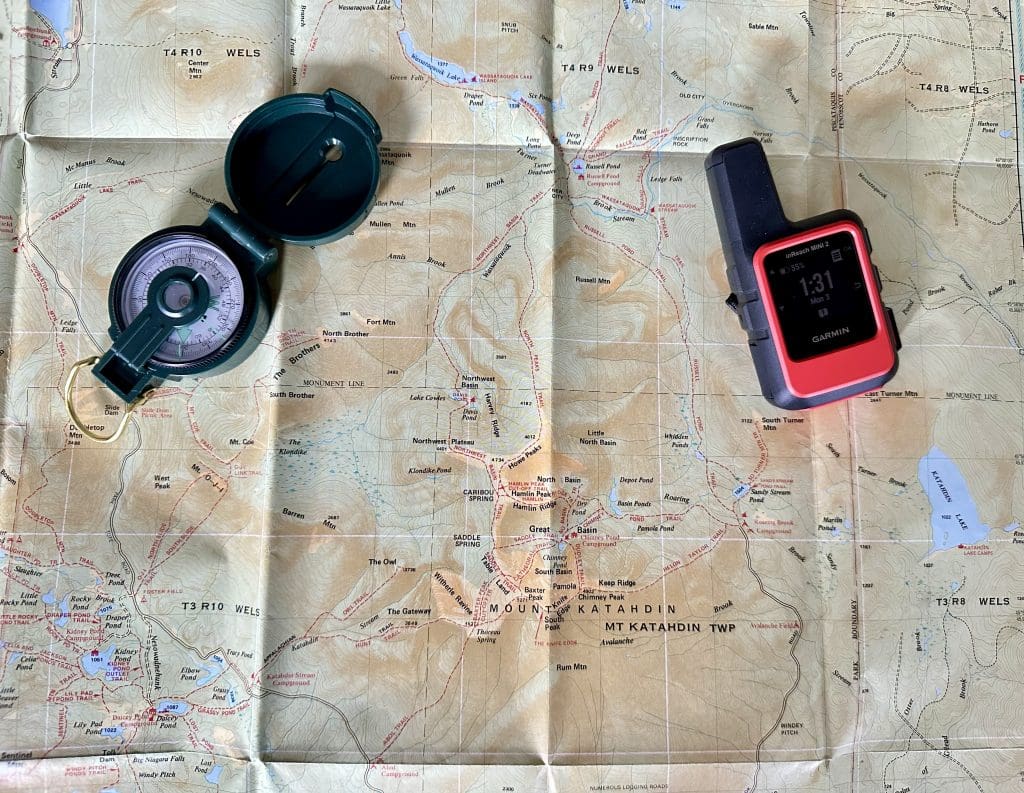
You might even want an altimeter, which determines altitude, according to REI. Altitude sickness is a thing, and knowing your limits is important.
A GPS system, like the Garmin Inreach Mini 2, can send a SOS of your location if an emergency occurs. This lightweight, compact satellite communicator can keep you on track. It costs about $400 but you can’t put a price on safety.
2. Sun Protection
Sun protection including sunglasses, sunscreen, a hat, pants, and a long-sleeve shirt help provide protection against harmful UV rays, according to the park service. The hiking society recommends using sun protection regardless of temperature and cloud cover.
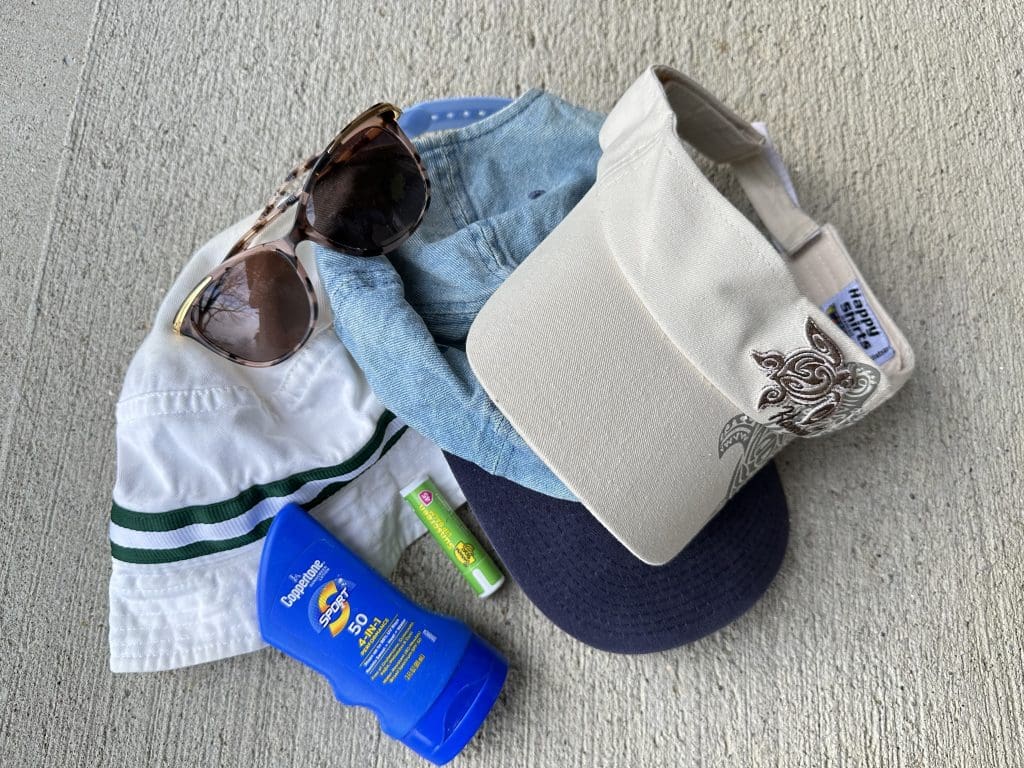
I’m not a huge fan of sprays, especially on a windy day, so I suggest a lotion or roll on. They may be messier but at least you’ll know you are covered. And don’t forget the sunscreen lip balm with aloe vera and vitamin E to protect, heal, and hydrate lips.
3. Proper insulation to stay warm/dry
Be prepared for sudden changes in weather conditions with a jacket, hat, gloves, rain gear and thermal underwear, notes NPS.
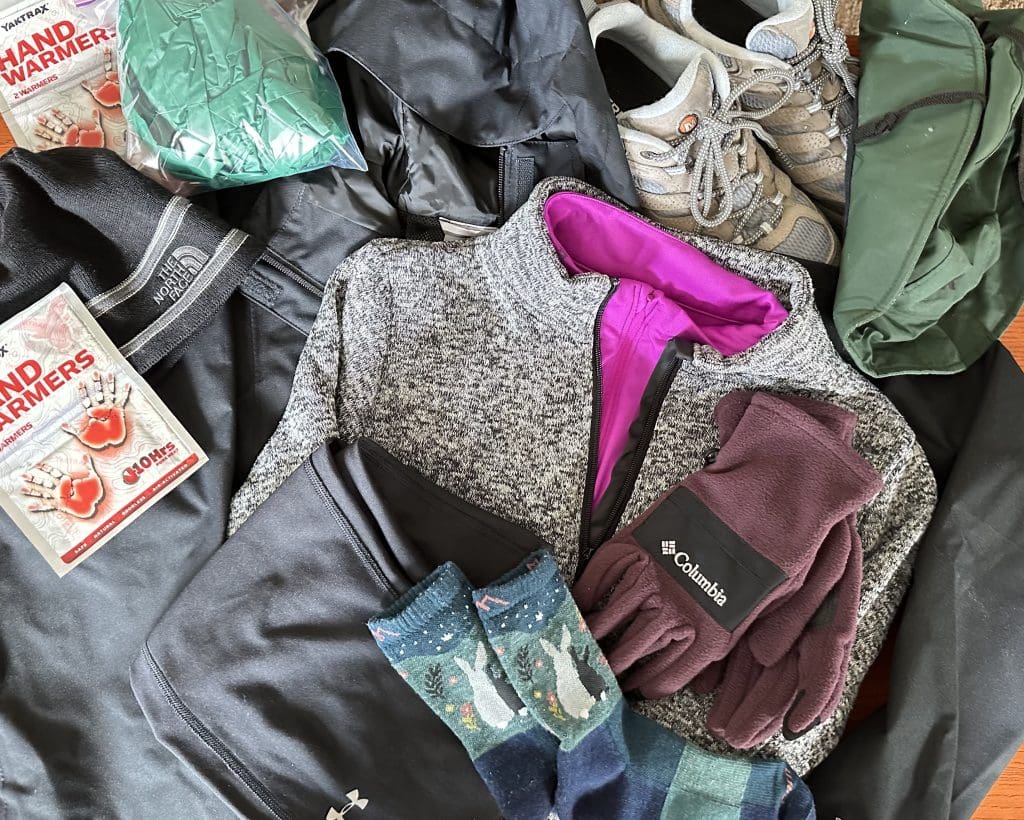
AHS also suggests moisture-wicking clothing items and dressing in layers. By dressing in layers, you can dress warm enough for the beginning of the hike but as your body heats up during your workout you can easily shed a layer.
Depending on your weather conditions, dress accordingly. Keep in mind the weather can change. Make sure to have a water-proof jacket, pants, and hat for rain. Be prepared for the cold with a knit hat, gloves, and hand warmers.
4. Lighting for illumination
Bring a light source like a flashlight, lantern, and/or headlamp, all with extra batteries, according to NPS.
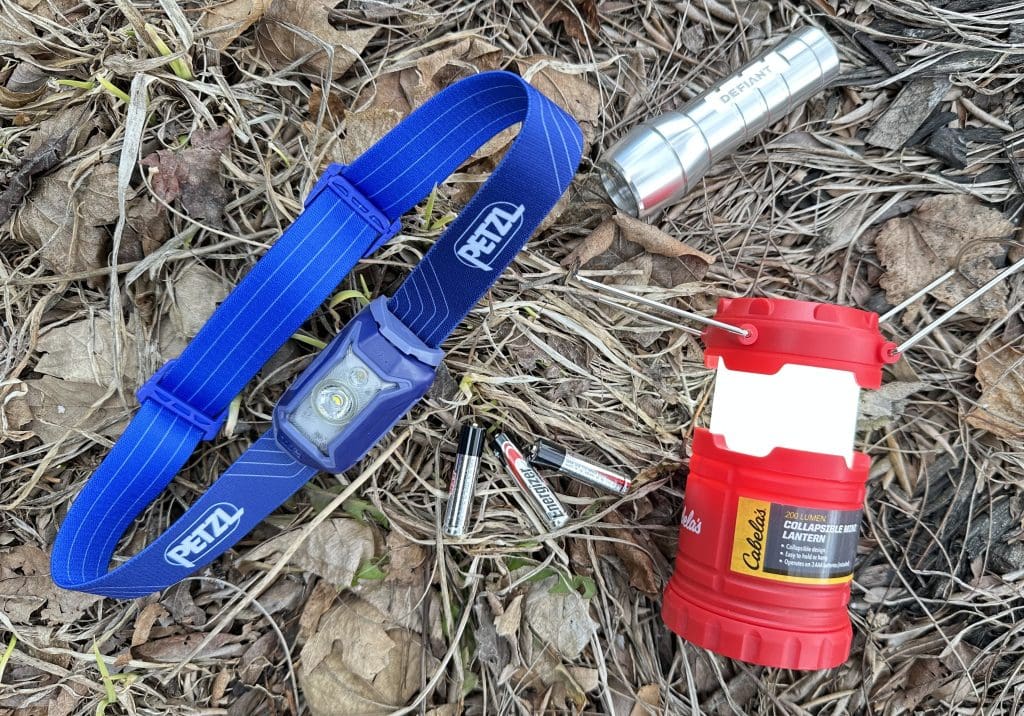
If you want to be hands free, opt for the headlamp, but I would still pack a small flashlight. A compact lantern is better for camping overnight and lengthy walks in the dark as they are bulkier and heavier.
5. Stock first aid kit
Have a first aid kit full of adequate supplies. Modify your particular needs after starting with a pre-made kit, according to the park service. For example, allergies, diabetes, and other medical issues may require specific medicines or equipment. Replace items as needed based on use and expirations. Checking expirations before each trip.
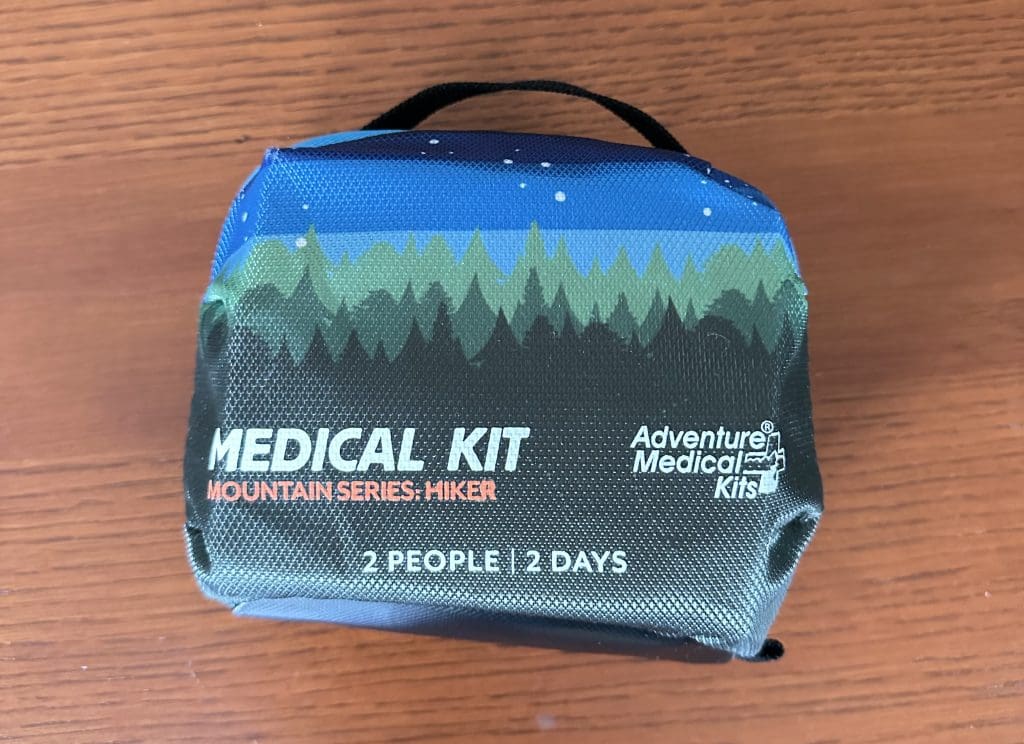
The American Hiking Society suggests knowing CPR and how to administer first aid. A comprehensive list of what should be in a medical kit is listed below.
And don’t forget about the insect repellant and moleskin, which helps protect blisters, according to REI.
6. Means to start a fire
Have the supplies necessary to start a fire, if needed, such as waterproof matches, a lighter, and fire starter.
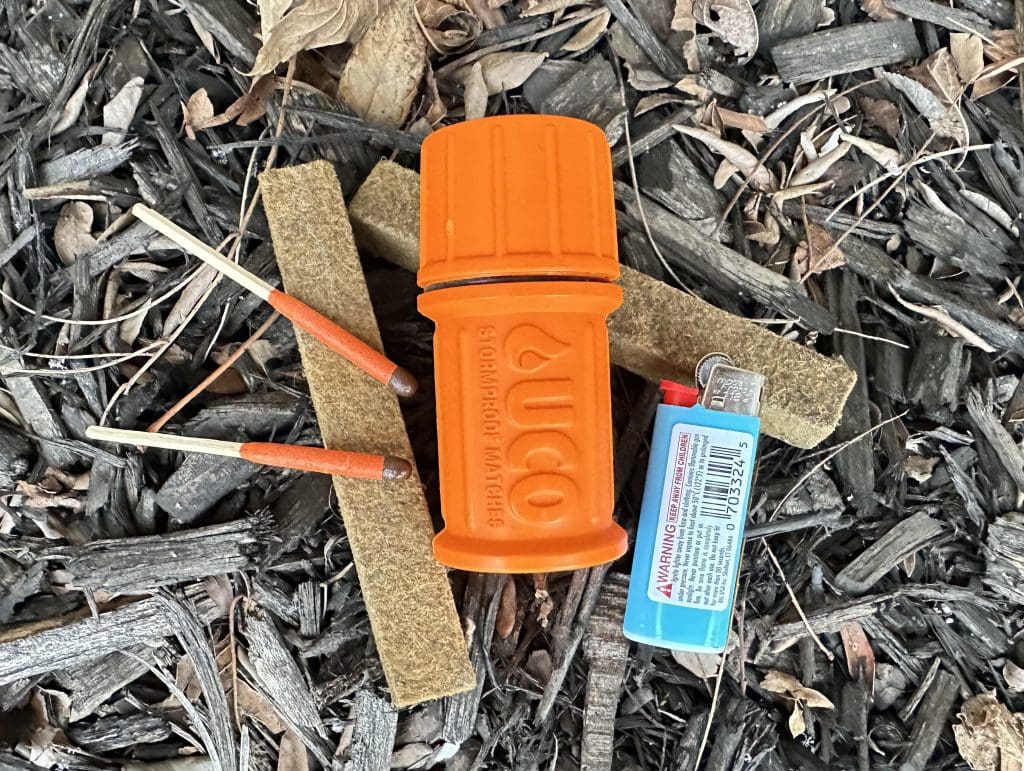
Fire is useful not only for cooking, but as an emergency smoke signal, and for warmth, according to the park service. Being able to create an emergency smoke signal is an essential supply you need to hike safe.
7. Repair tools
Have the means to make necessary equipment repairs, especially if on longer hikes. Even if you are doing a short hike, you still must be prepared for emergencies and unplanned events.
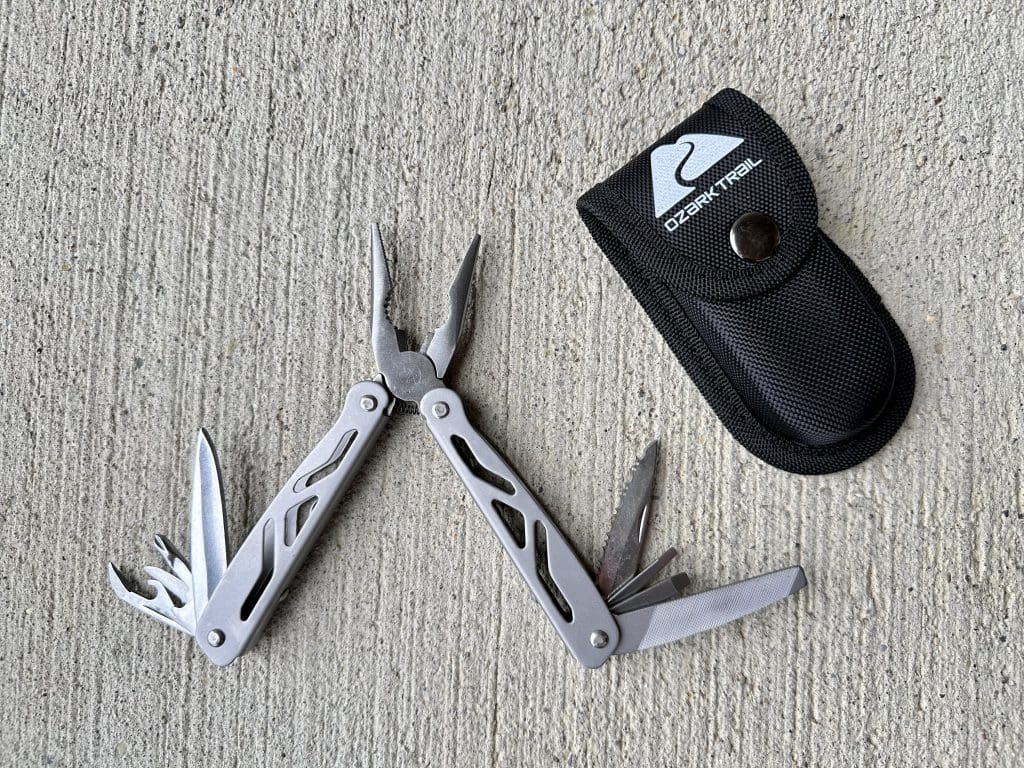
Repair kits and tools, including duct tape, a knife, screwdriver, and scissors sometimes are needed to repair gear or for your specific activities planned, according to NPS. In addition, AHS notes a multitool with a knife, scissors, and utensils may be needed for first aid. My medical kit came with medical EMT shears.
The Ozark Trail 12-In-1 Multitool has a long-nose pliers, standard pliers, wire cutter, bottle opener, can opener, Phillips screwdriver, awl, file, saw, medium-slotted screwdriver, small-slotted screwdriver, and knife. This also fits into a snapped pouch about the size of a medium-sized pocketknife.
8. Extra food
Make sure you have an extra day’s food, just in case.
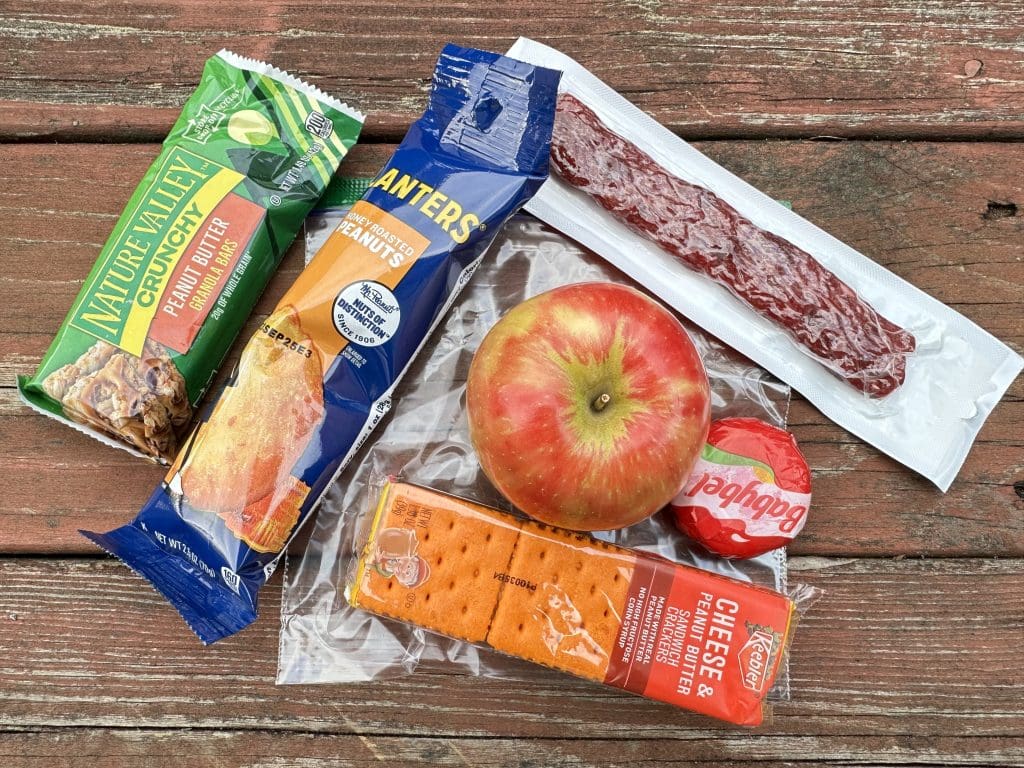
You want items that easily digest, such as trail mix, nuts, and granola bars, which provides extra energy for longer-than-expected hikes, says the park service.
AHS says to have calorie-dense foods.
9. Plenty of safe drinking water
You may be able to get by a couple of days without food, but you do not want to get dehydrated. You should drink more often than when you “feel thirsty” to prevent dehydration, especially if it is hot, according to NPS.
So how much water is enough? The co-op suggests one liter of water per person per hour, although that depends on heat, intensity, and duration of hike, as well as sweat rate, age, and body type.
Be sure to use water-purifying supplies if using a natural water source. Clean water is an essential you need to hike safe.
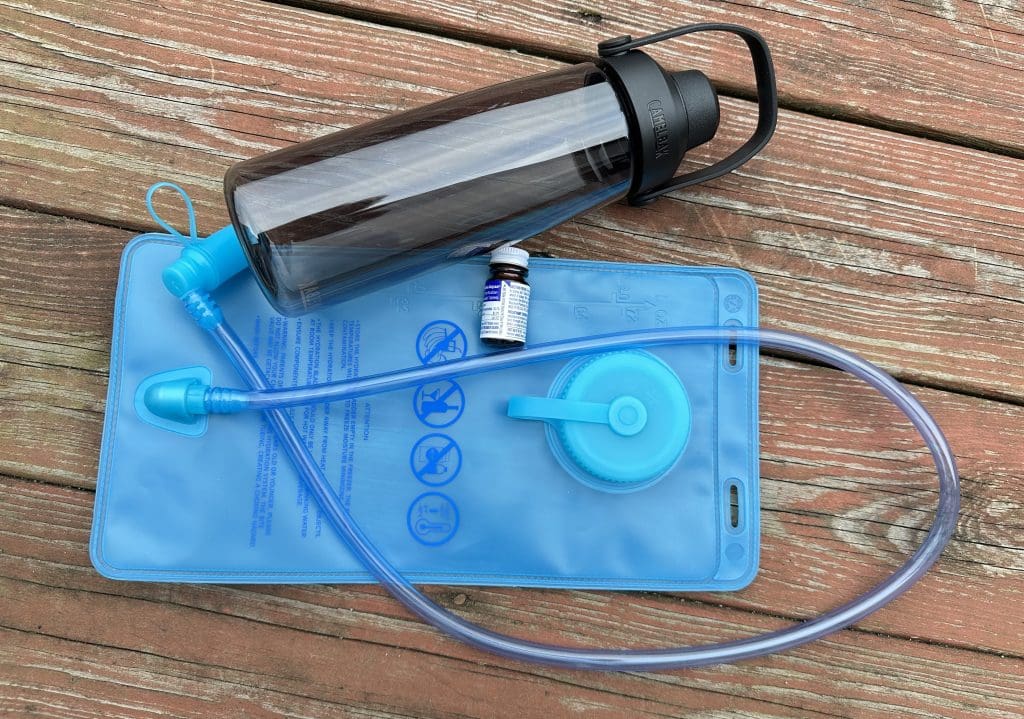
There are several ways to purify water including chemicals, a filter, ultraviolent light, and boiling, each with pros and cons. Water Purification – American Hiking Society
According to AHS, to prevent water-borne illnesses, like Giardia, boil water for at least one minute, or use a water filtration system, which is bulkier and more expensive.
Ultraviolet UV light is another option, but it requires working batteries, and it doesn’t filter out solid particles, according to AHS.
Iodine, which doesn’t work on cryptosporidium, according to AHS, and chlorine, which can be poisonous if too much is ingested, should be used as a last resort.
10. Carry an emergency blanket
In addition to extra food and water, think about what you would do for emergency shelter, just in case.
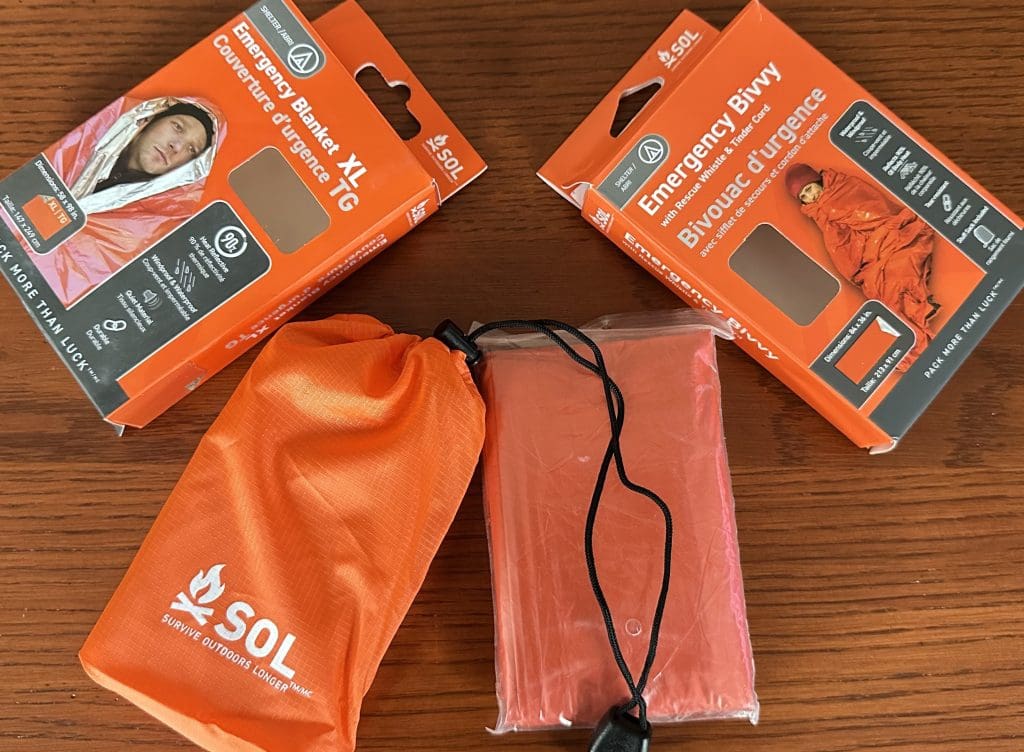
If you don’t have a tent, at least have a space blanket, tarp, or bivy sack to protect from elements, the experts note.
Additional safety items:
Ice traction devices for your shoes. If you think traction might be an issue, I suggest Yaktrax.

They come in different varieties to help stay stable when walking in snow and ice. Do your research first to see how much traction you really need and which brands work for you.
A whistle which can help people find you.

My whistle, shown in the picture below, also has a thermometer, magnifier, and compass.
In addition to essentials, you need to hike safe, bring:
Appropriate footwear for your activity, including well-fitted boots or shoes with traction, support, and protection, notes AHS. In other words, leave the flip flops for the beach.
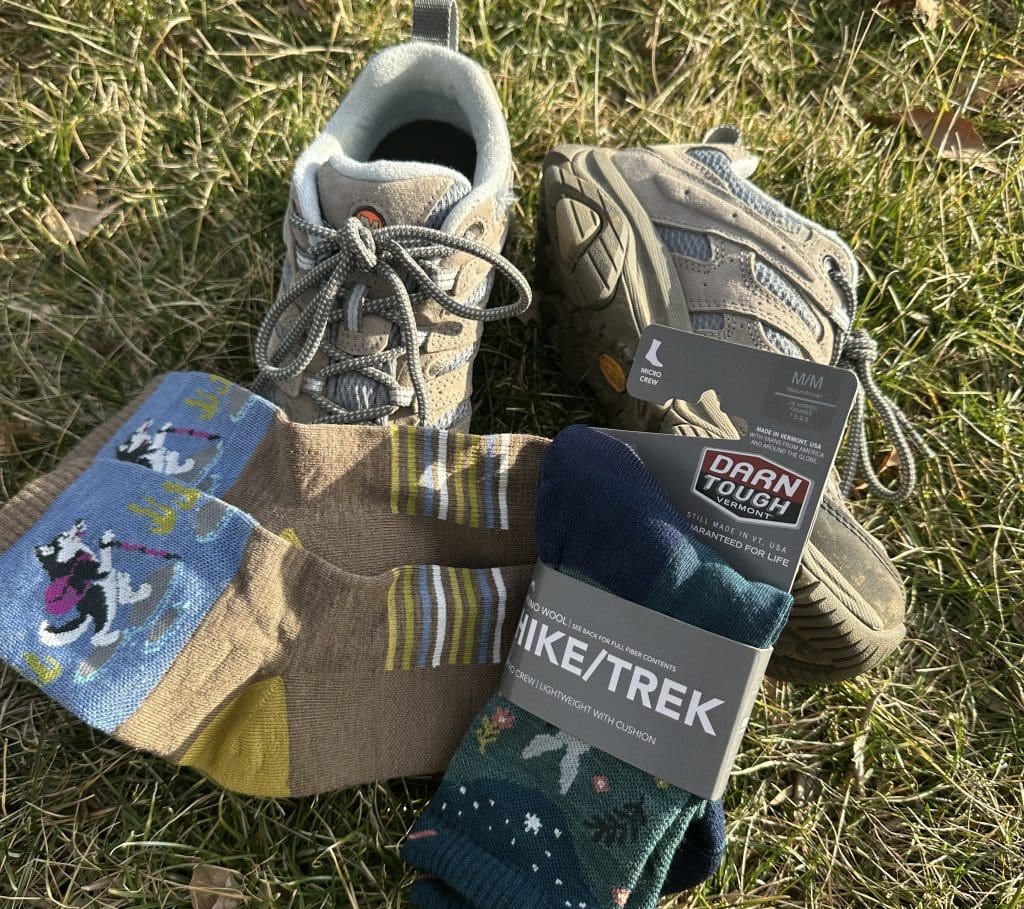
Moisture-wicking socks. I’m partial to the Darn Tough lightweight hiking/trekking socks, which are extremely comfortable, odor resistant, and moisture wicking.
A Ziplock bag and rubber glove to pick up items found on the trail.
Trekking poles which help improve stability and take pressure off the knees especially when hiking downhill. Buy the ones what fold down for easy packing.
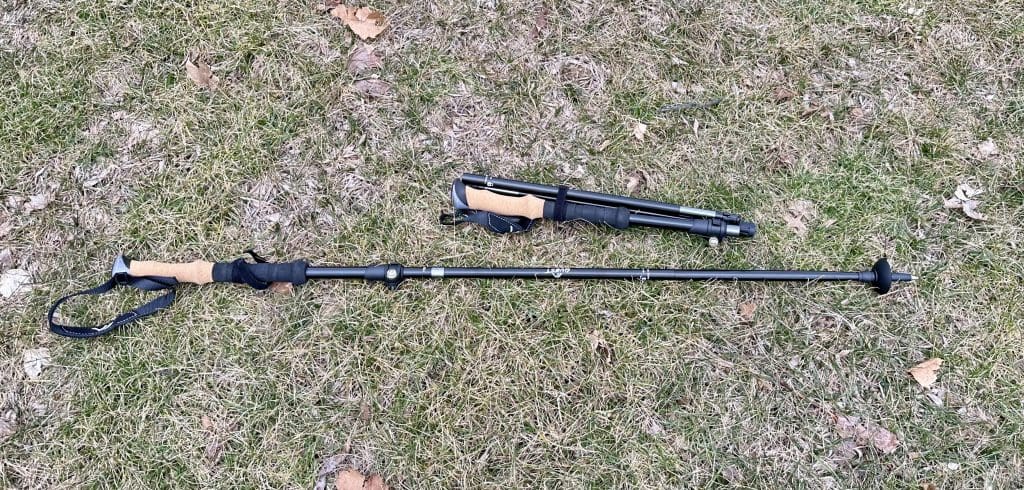
Gaiters which can protect lower legs from rain, snow, and mud. Sometimes the trail goes right through the rivers, planned or unplanned. Make sure you are prepared so you don’t have to get your hiking boots and socks wet. Some gaiters also add protection from snake bites.
A good sturdy backpack. There are so many choices. The type and size backpack you should use will depend on activities and length of time outdoors. A wildlife photographer will have a different pack than a dad hiking with his children, for instance.
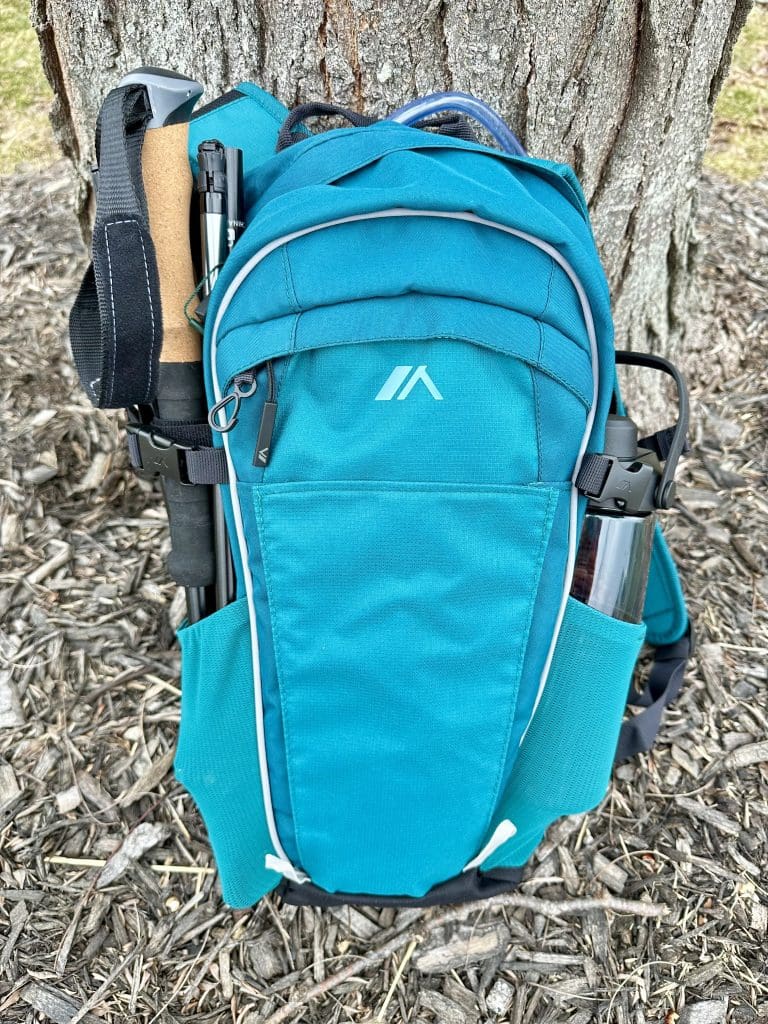
I like my Quest Adrift Hydration Pack because it is just the right size for day-long hikes of varying lengths and durations without being too heavy or hurting my female shoulders.
Preferably, you should seek a pack with side pockets for your water bottle and poles, a pocket inside the pack for a hydration sack, and several other pockets inside and out to put your essentials.
Comprehensive first aid list
As promised, here is information on first aid.
The Adventure Medical Kit, Mountain Series for hikers is organized and labeled by injury for fast and effective first aid. The kit comes with a detailed book on what to do. Please read this first aid book in advance of use and keep it in the kit to use as needed.
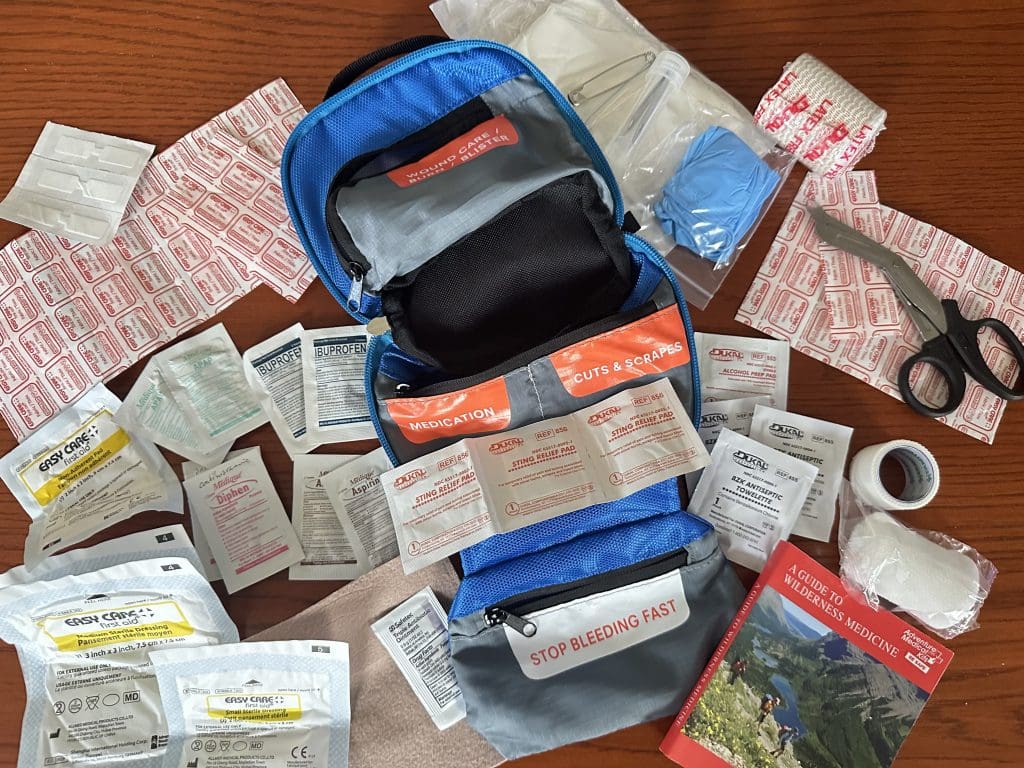
This kit is ideal for hiking, backpacking, climbing, biking, camping, and paddle sports, according to the manufacturer.
Whichever first aid kit you use, REI recommends including:
- Antiseptic wipes, preferably BZK-based
- Antibacterial ointment, like Bacitracin
- Assorted fabric-based bandages
- Butterfly bandages/adhesive wound-closure strips
- Gauze pads of assorted sizes
- Nonstick sterile pads
- Medical adhesive tape
- Blister treatment
- Ibuprofen or other pain medication
- Insect sting/anti-itch treatment
- Antihistamine to treat allergic reactions
- Splinter fine-point tweezers
- Safety pins
- First aid manual or information cards
No one ever plans for an accident or an emergency, so like the Boy Scouts would say, “Be Prepared.” Bring your 10 essentials you need to hike safe.
Ten Essentials (U.S. National Park Service)
The 10 Essentials of Hiking – American Hiking Society
Hiking Essentials Checklist: What to Bring on a Hike | REI Expert Advice
The Ten Essentials for Hiking & Camping | REI Expert Advice
Check out my blogs at TravelLikeATourist.Com and my social posts including my resource page with apps for hiking, camping, skiing, and kayaking. Looking for Helpful Travel Apps? – Travel Like A Tourist
